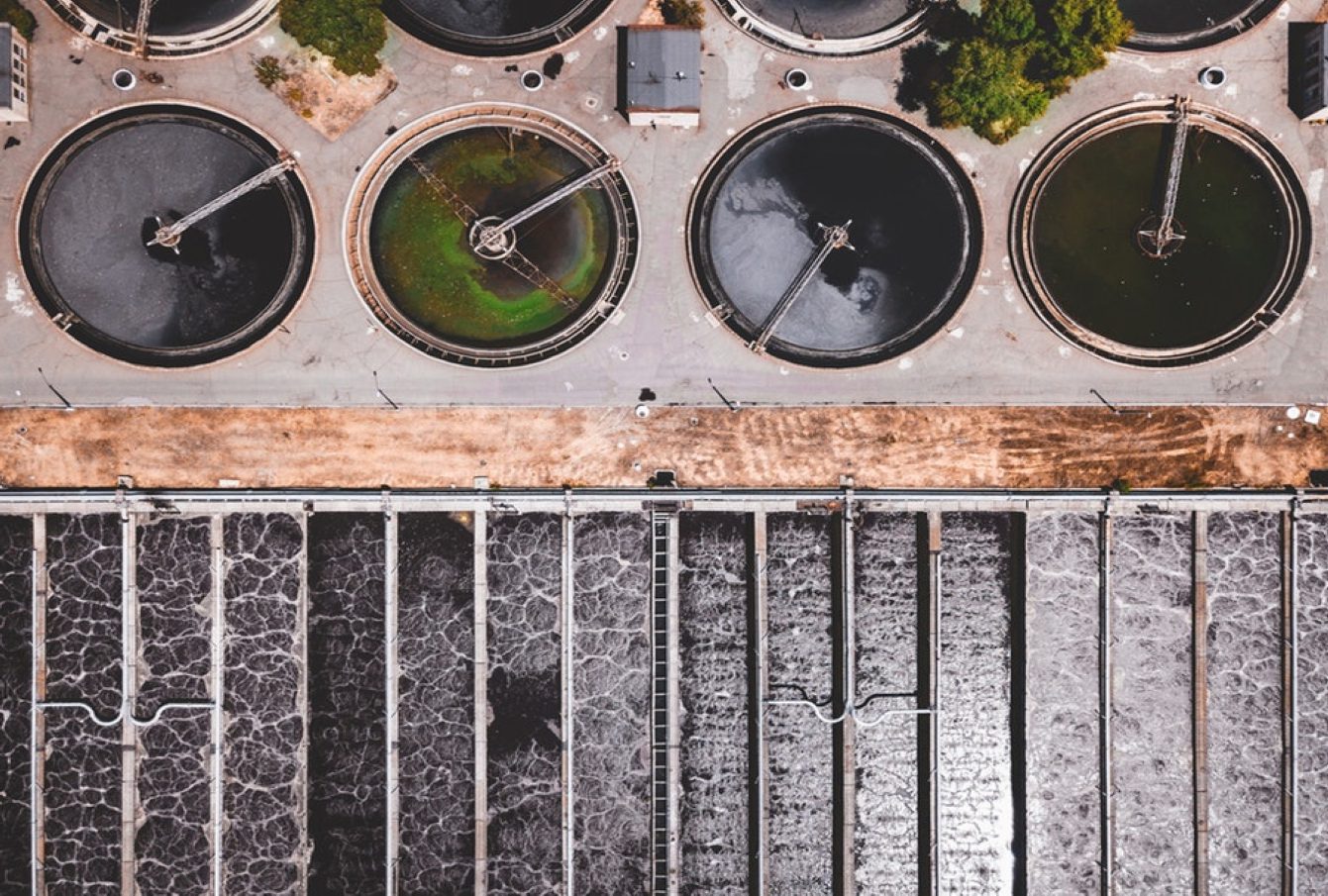 TenneT preparing to meet European energy system challenges
TenneT preparing to meet European energy system challenges
TenneT’s efforts to drive the energy transition, one of its strategic priorities, are increasingly focused on innovation, optimisation of the current high-voltage infrastructure and close cooperation with stakeholders like governments, society, other grid operators and market parties. This is stated in the 2019 Integrated Annual Report that was published today by the Dutch/German transmission system operator TenneT. In line with the energy policies and national climate targets in TenneT’s home countries, the Netherlands and Germany, TenneT also stepped up its investments in the energy transition in 2019.
CLEAR STRATEGIC DIRECTION DEFINED
The report highlights TenneT’s progress on a renewed strategy adopted in 2019, based on four pillars: Driving the energy transition, maintaining security of supply, energising our people & organisation and safeguarding our financial health. In 2019 TenneT also posted solid financial results, to some extent affected by less favourable regulation particularly in Germany. A stable development of the profitability of TenneT’s regulated activities is necessary for carrying out its extensive investment programme for the energy transition in the years ahead.
Manon van Beek, CEO of TenneT: “For TenneT, 2019 was both a successful and a challenging year. In 2019 we started the internal process for ‘changing for growth’ to prepare TenneT for its central and increasing role in the European energy transition and a new energy system. We have now successfully fully integrated the structure of our cross-border organisation, including the creation of several hundreds of new jobs across the company. We can be proud of that. The same applies to the availability of our high-voltage grids which improved slightly to 99.9998 percent, keeping our grids among the most reliable in the world. Financially, we delivered a solid performance in line with the expectations of our capital providers. Our EUR 3.1 billion investments are supporting the energy policies in the Netherlands and Germany. We have made great strides again in pursuing our ambition to achieve a sustainable energy future for everyone. Not only in realising and developing new onshore and offshore connections, but also by the required far-reaching international cooperation and working on innovations in close coordination with relevant stakeholders.”
KEY ACCOMPLISHMENTS IN 2019 DRIVING THE ENERGY TRANSITION
Approximately one sixth of TenneT’s total investments in 2019 were allocated to the maintenance of the existing high voltage grids; the other part was earmarked for newly built projects and grid expansions. A number of important projects to maintain the high security of supply and to drive the energy transition were completed or showed good progress in 2019.
UNLOCKING NEW SOURCES OF RENEWABLE ENERGY
In 2019, TenneT already met and even exceeded the German government’s 2020 6.5 GW expansion target for sustainable North Sea and Baltic Sea wind power. BorWin 3, TenneT’s ninth offshore direct current connection, has been commissioned. DolWin5, DolWin6 and BorWin5 are in development and will increase TenneT’s transport capacity for wind farms in the German North Sea to almost 10 GW by 2025. After 2025 TenneT additionally plans more than 6.5 GW of transmission capacity to be installed by 2030.
OFFSHORE WIND HAS A MAJOR IMPACT ON THE ONSHORE GRID
The energy transition can only be successful if the growth of offshore wind energy and onshore solar energy is developed in an integrated way with onshore grid expansions.
Important steps were taken in 2019 in the planning and licensing phase for SuedLink, the North-South connection in Germany. The preferred corridor for this 2 x 2 GW underground (DC) cable connection was presented followed by extensive stakeholder dialogues and approval procedures being started. This corridor is planned to run from Schleswig-Holstein to Bavaria and Baden-Württemberg. TenneT and fellow German TSO TransnetBW launched EU-wide tenders for the convertor stations, key components of the project.
TenneT is working in Germany on more large-scale onshore high-voltage connections than ever before. No fewer than eight high-voltage lines are under construction, including Wahle-Mecklar (230 kilometres), Mittelachse and the Westküstenleitung, which transport large amounts of wind energy from the north to end users further south.
After five years of construction, the 60-kilometre-long Randstad 380 kV North Ring connection was commissioned. The new transmission line delivers a reliable electricity supply to millions of households and companies in the Dutch Randstad region. Moreover, this power highway will provide the required transmission capacity for green electricity produced by North Sea wind farms. Other large projects in preparation or under construction are Zuid-West 380 kV Oost and West, Eemshaven-Vierverlaten and increasing the capacity of the national 380 kV ring.
ENERGY TRANSITION ONLY SUCCESSFUL WITH A EUROPEAN APPROACH
With the ‘green’ COBRA cable, which became operational in September 2019, the Dutch and Danish markets are directly connected for the first time. Sustainable electricity for nearly two million households can now be efficiently imported or exported. The undersea cable of more than 300 km also ensures greater security of supply for society. The German and Norwegian markets will be connected to each other directly for the first time with the NordLink cable connection that is currently being built. It is expected that this over 600 km long interconnector will be ready for operation in 2020 and facilitate the exchange of ‘green’ power on a large scale.
TenneT’s international solution to meet Europe’s climate objectives after 2030 has provided new insights. An extensive study by the North Sea Wind Power Hub consortium has shown that an internationally coordinated roll-out of multiple ‘Hub-and-Spoke’ projects – combining wind power connections, coupling energy markets through interconnection and smart integration in the onshore energy grid, including power to gas – is technically feasible. It will also increase societal welfare and support security of supply. Each ‘Hub-and-spoke’ project of 10 – 15 GW and either platform of island based will be part of a step-by-step approach, providing adaptability to balance scale, development times and environmental compatibility.
2019 INTEGRATED ANNUAL REPORT AND 2019 GREEN FINANCE REPORT
For more information about TenneT, please consult the 2019 Integrated Annual Report, which is available on the website.
TenneT has published the 2019 Green Finance Report in relation to the ‘green’ financing of TenneT’s investment portfolio by issuing green bonds (since 2015).





